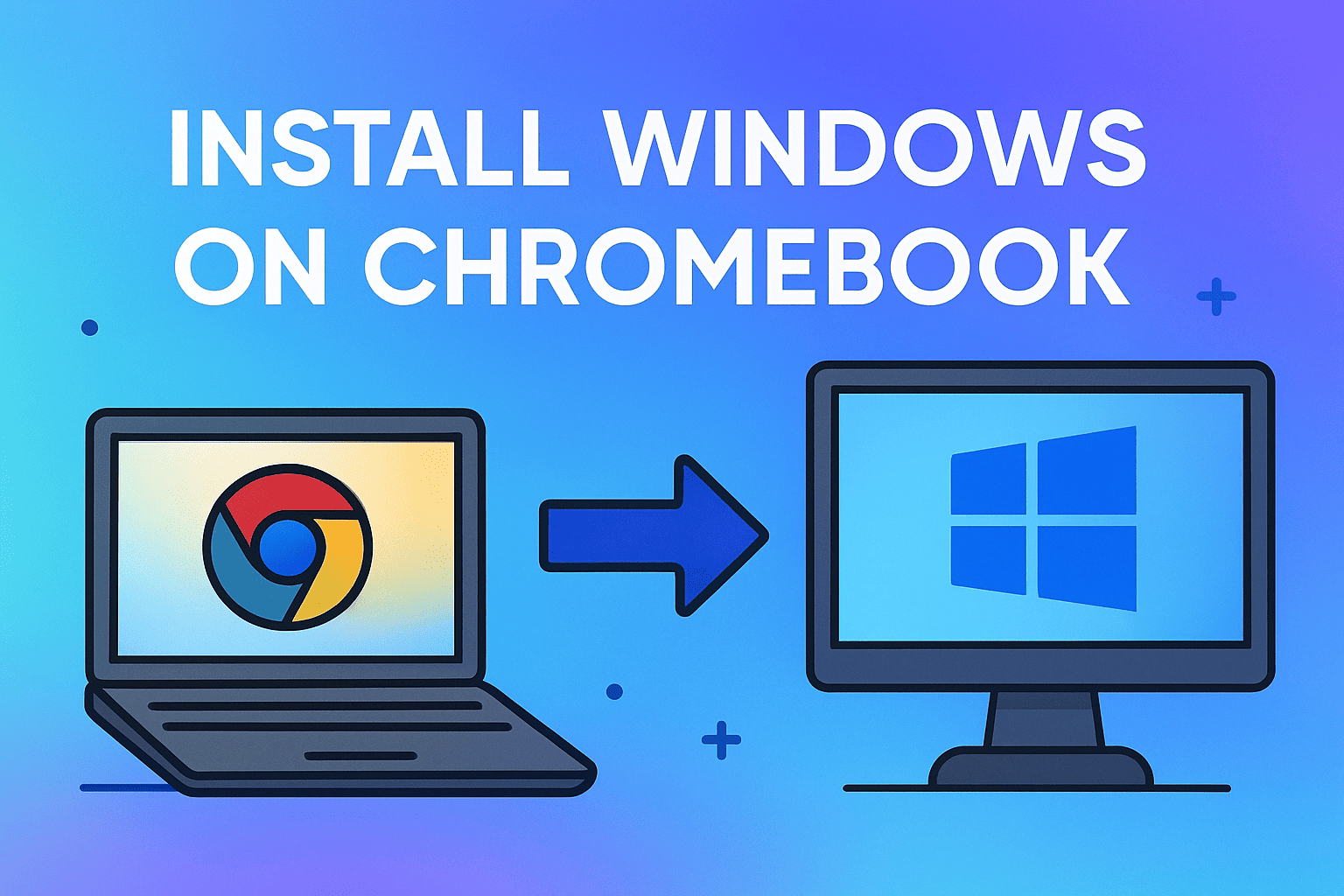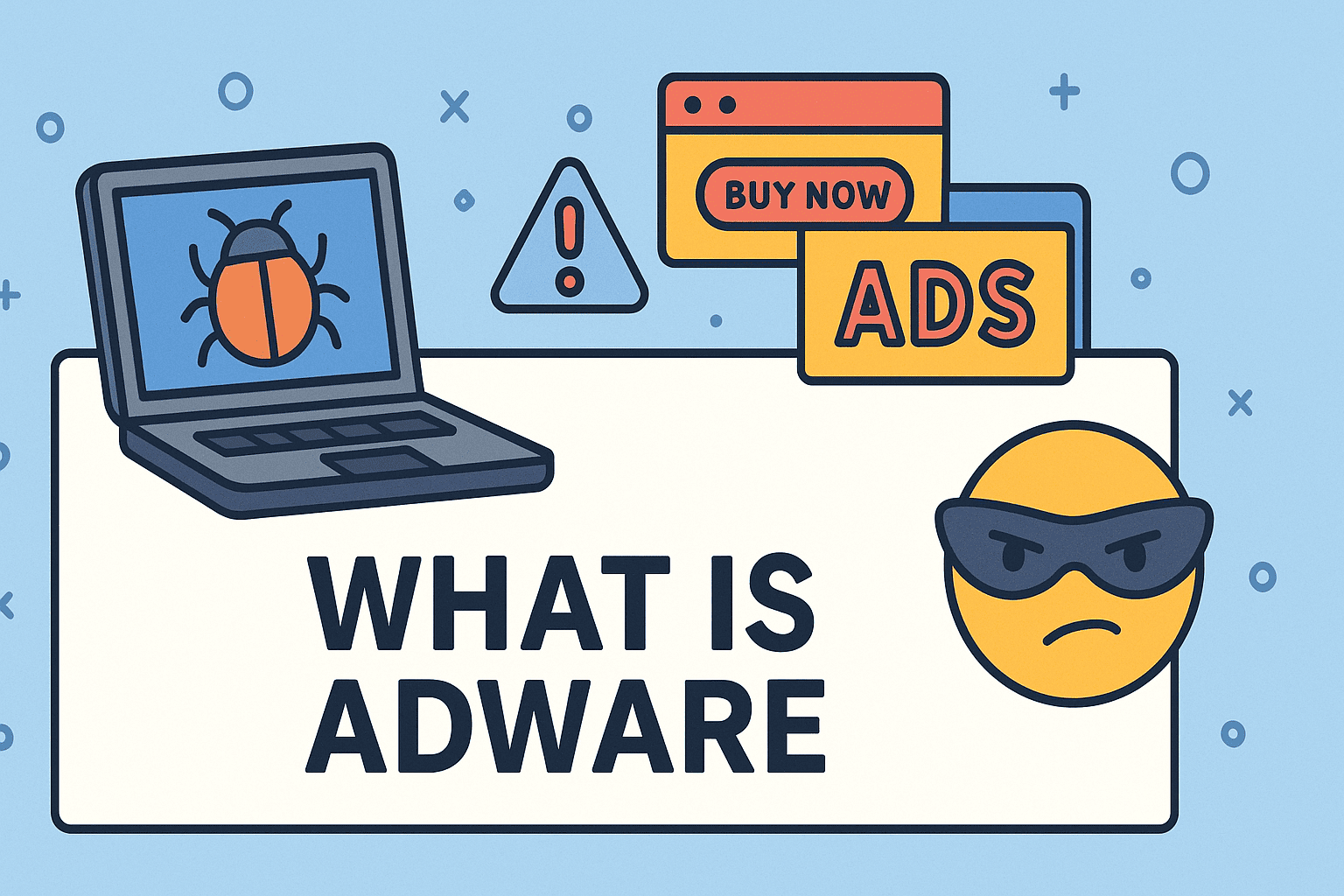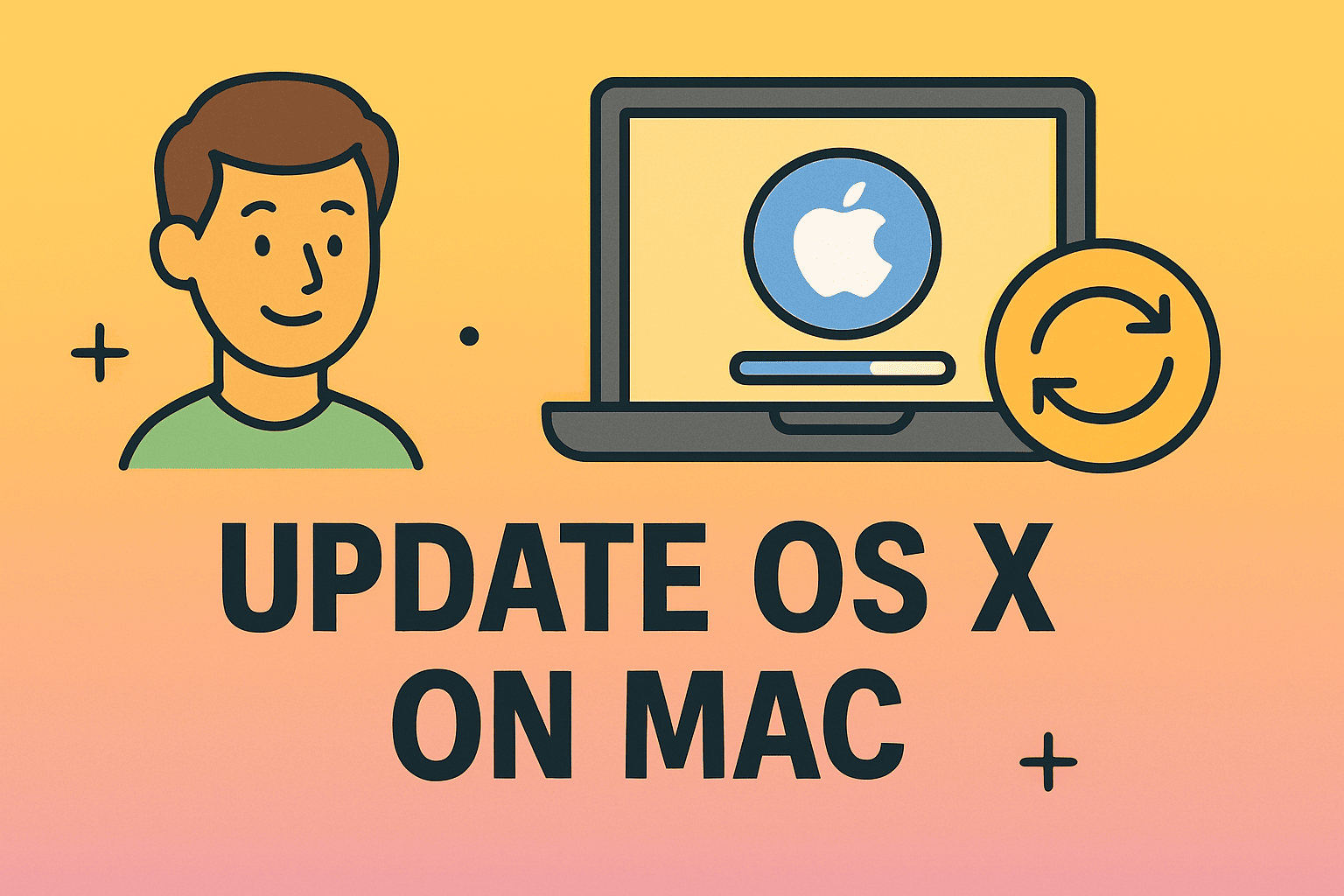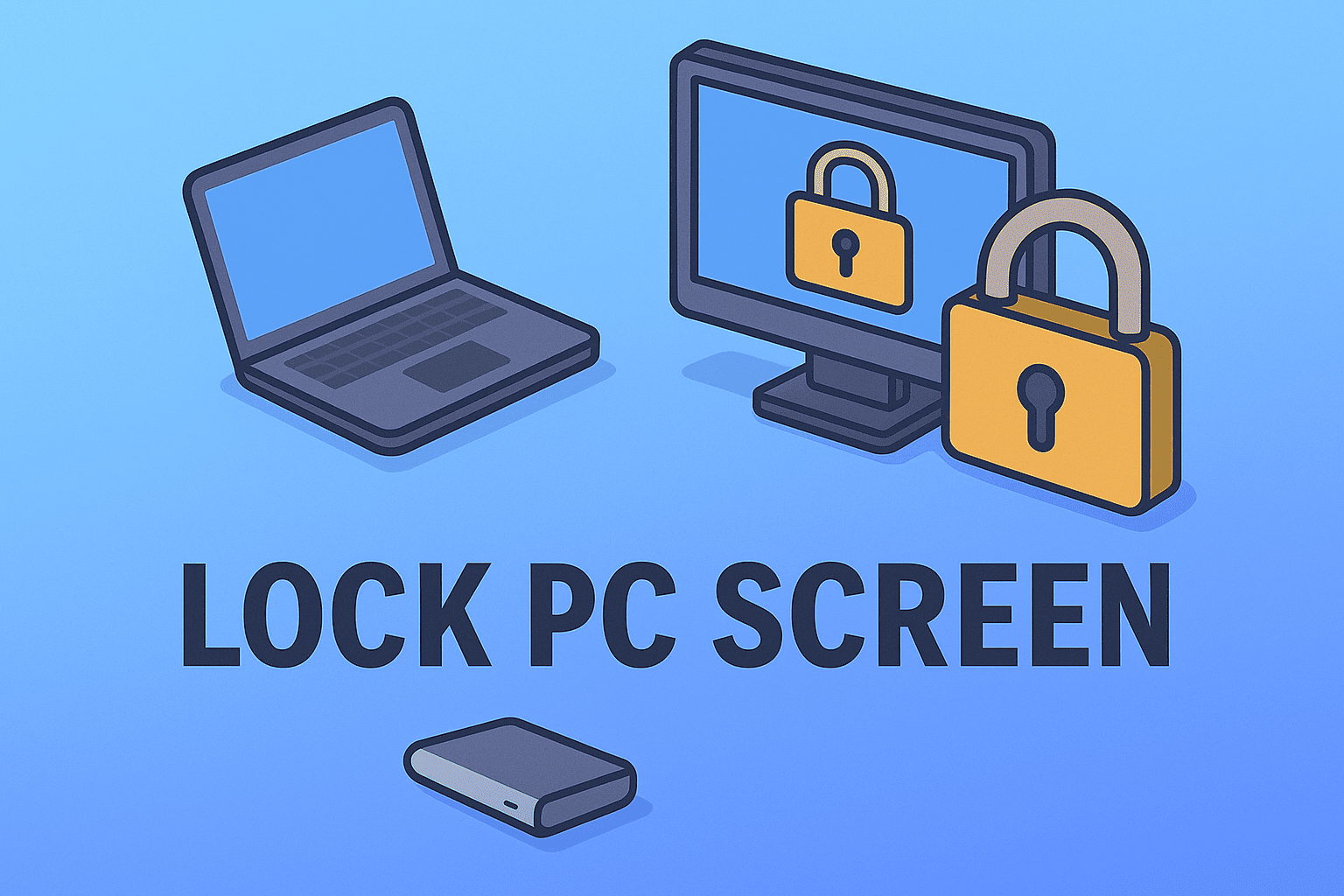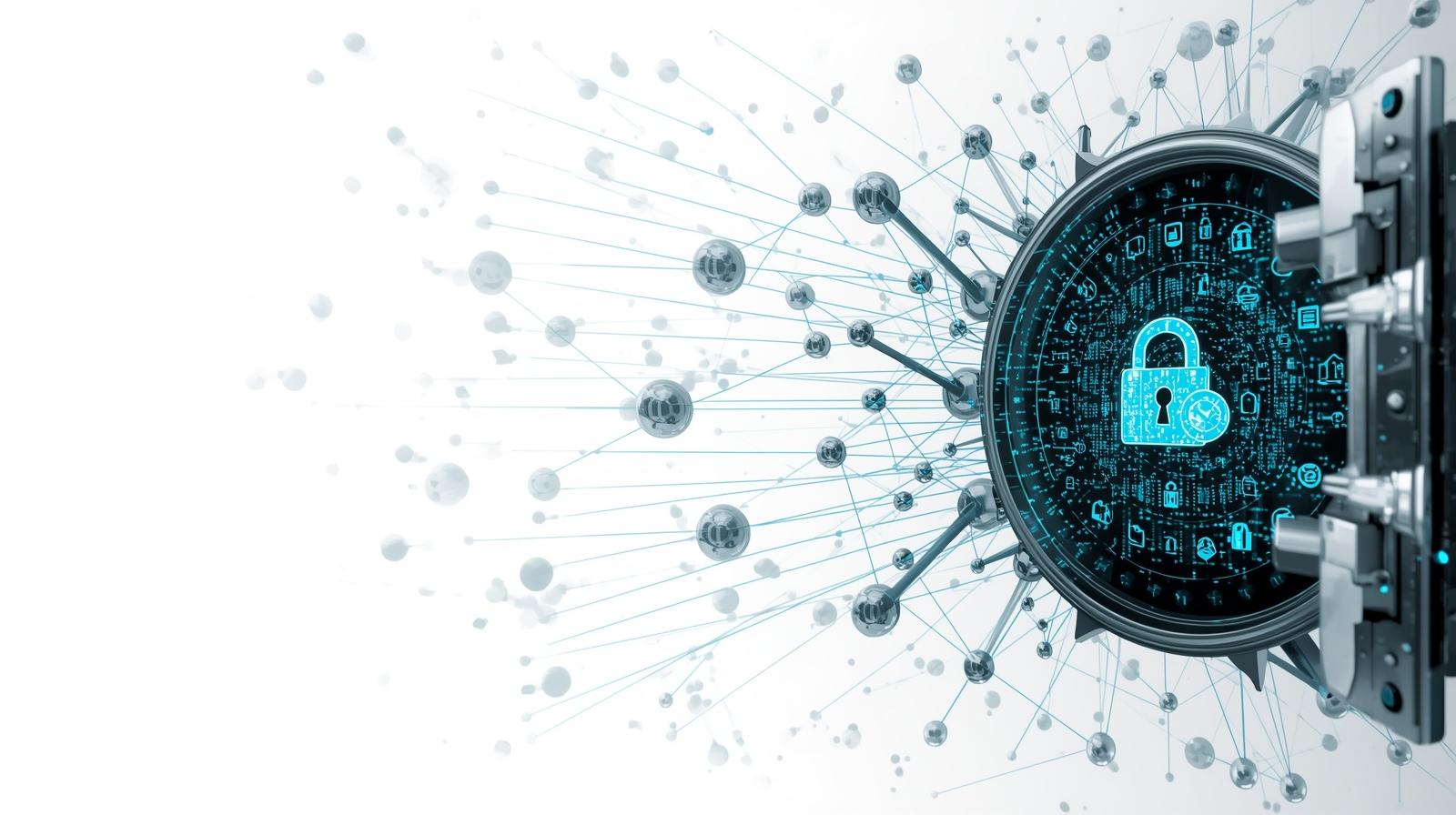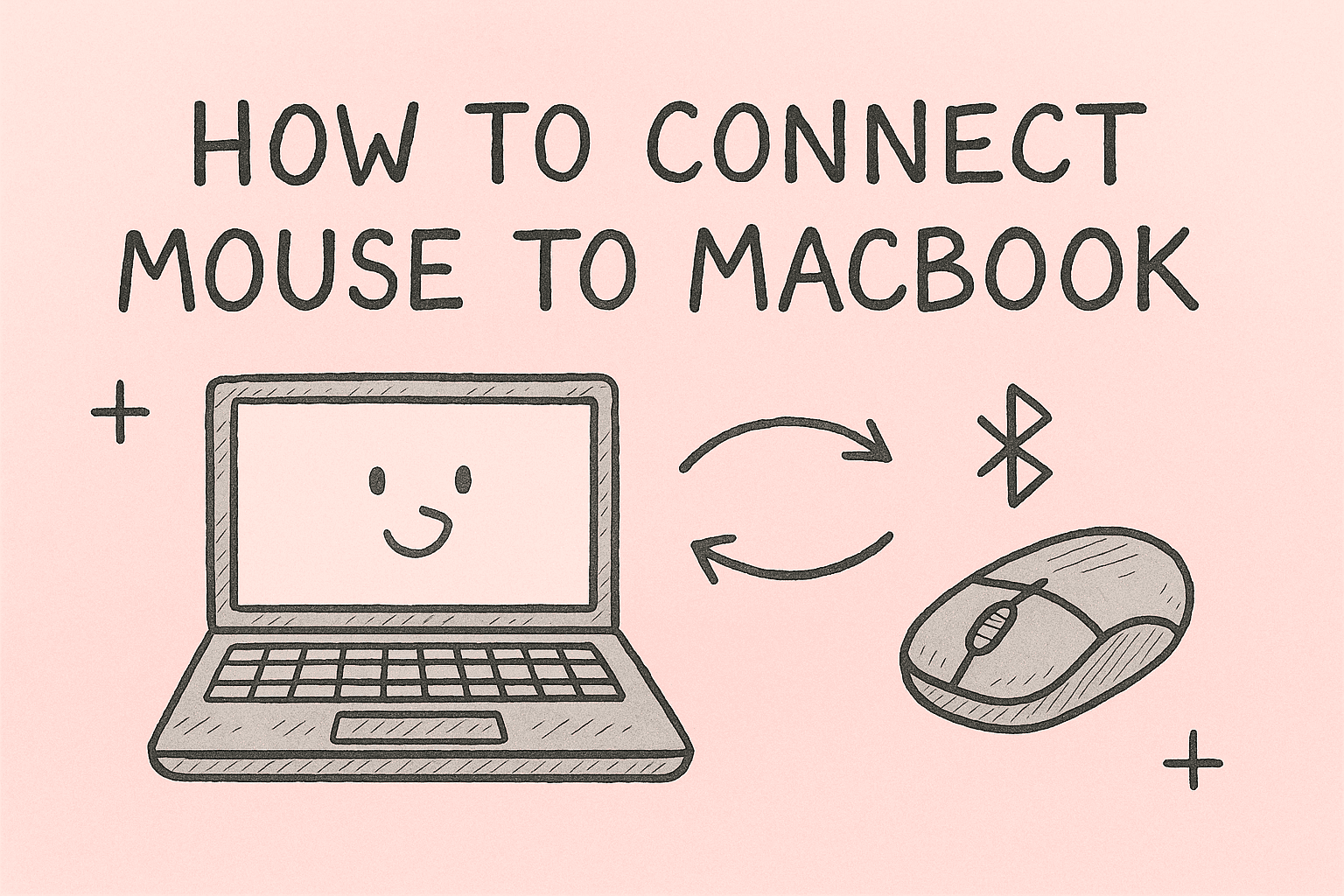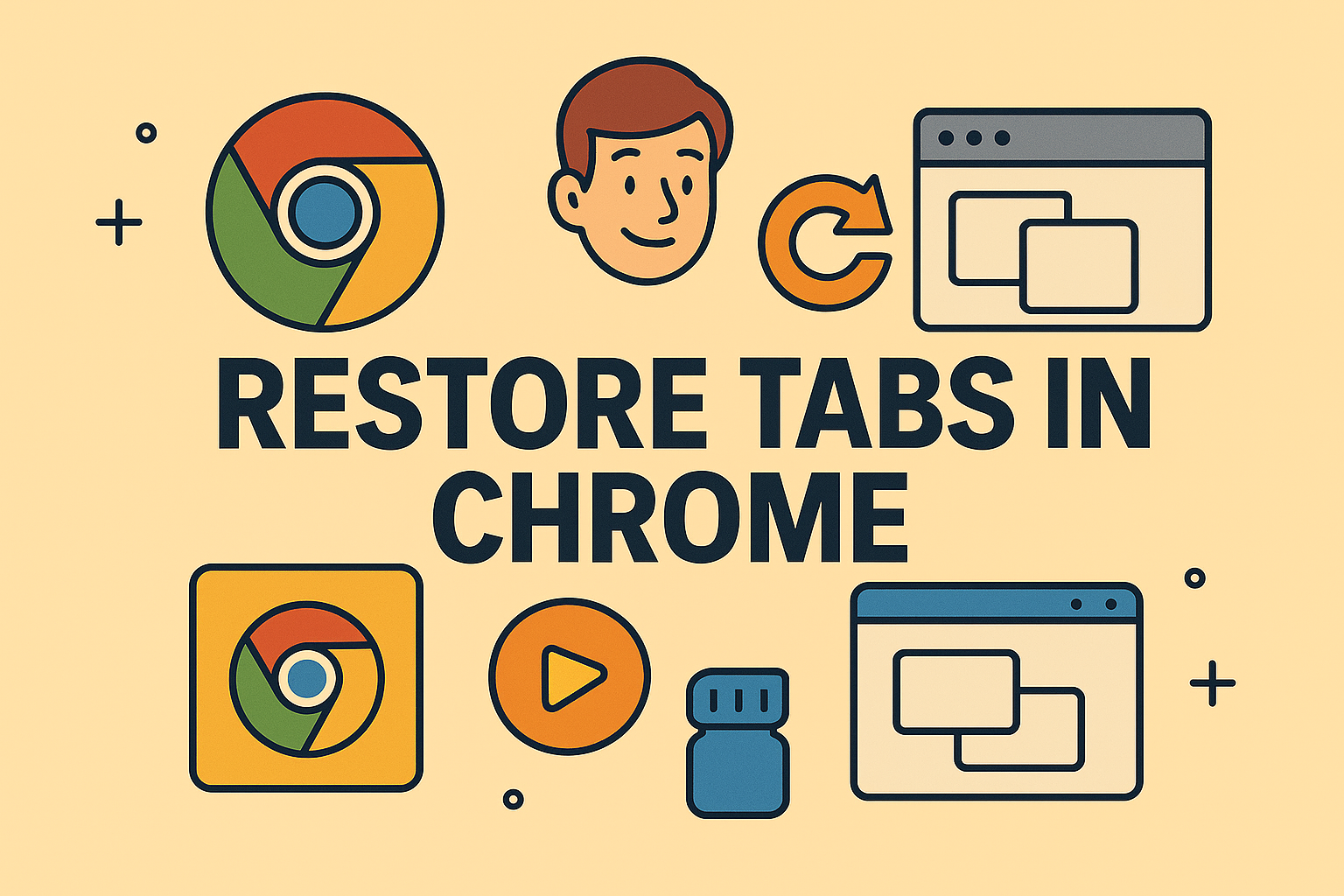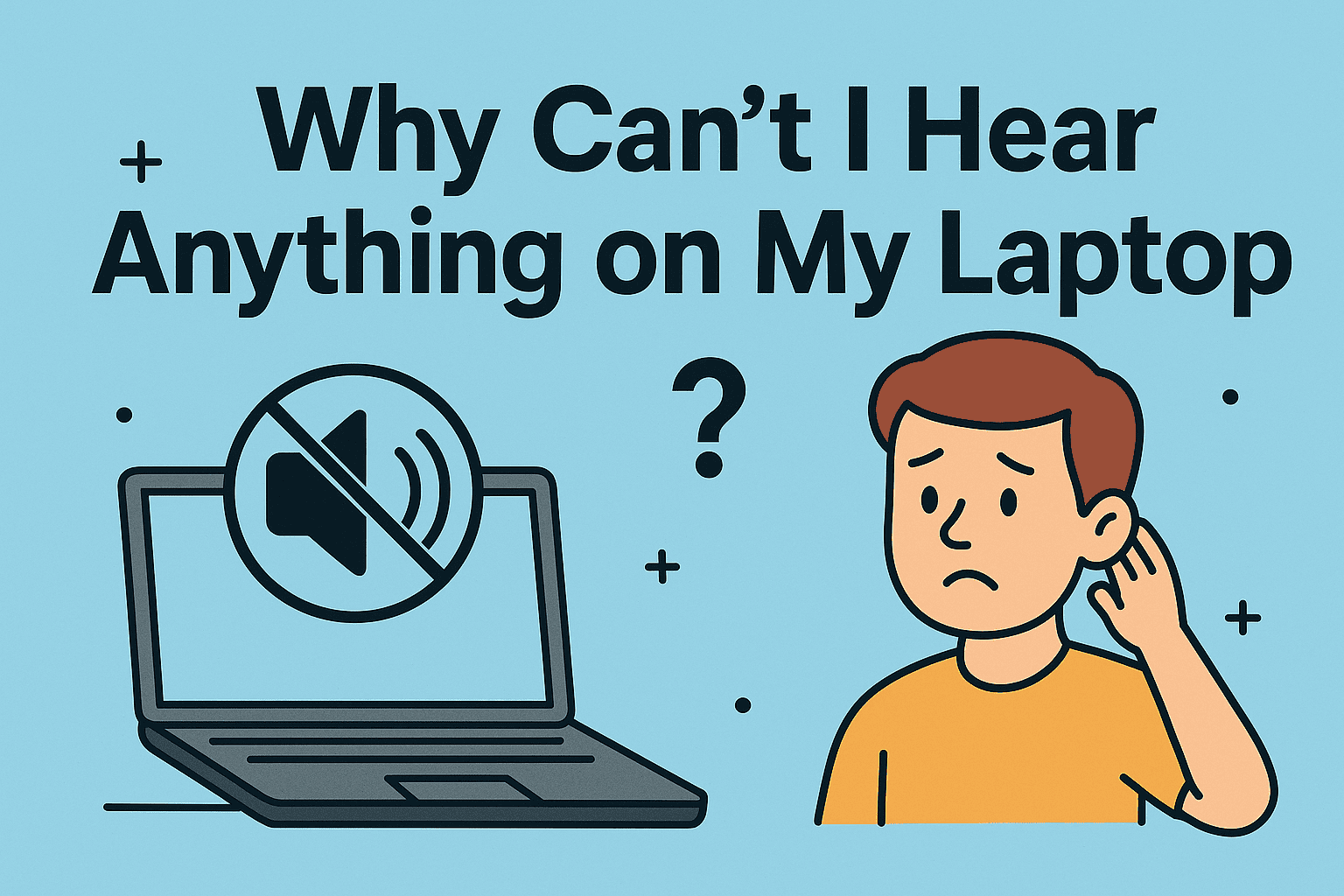What Does a PC Stand For and Why It Still Matters Today
Updated on June 27, 2025, by ITarian

Have you ever wondered what does a PC stand for in today’s tech-driven world? Despite the rise of mobile devices, cloud platforms, and AI-powered tools, the humble PC remains the backbone of modern computing. Whether you’re in cybersecurity, running a business, or leading IT infrastructure, understanding the PC full form and its evolution is crucial.
In this guide, we’ll unpack the personal computer meaning, explain its applications across industries, and clarify the difference between PC and laptop—all in an easy-to-understand, actionable format.
What Does a PC Stand For?
The abbreviation PC stands for Personal Computer. It refers to a general-purpose computer designed for individual use rather than centralized computing or multi-user systems.
PCs are built to perform a wide range of tasks like browsing the internet, creating documents, programming, gaming, data processing, and cybersecurity management.
PC Full Form and Origin: A Brief History
The PC full form—Personal Computer—originated in the late 1970s and early 1980s when computing moved from corporate data centers into homes and small offices.
Milestones in PC Evolution:
- 1981: IBM released the first widely adopted PC—IBM 5150.
- 1990s: Microsoft Windows and Intel processors made PCs mainstream.
- 2000s: Laptops and portable computing began to rise.
- Today: PCs remain essential for professionals, especially in IT, cybersecurity, and development.
Personal Computer Meaning in a Business and Security Context
The personal computer meaning expands beyond casual use when placed in a business or cybersecurity environment.
In Cybersecurity:
- Hosts antivirus and firewall software.
- Serves as a node for endpoint detection and response (EDR).
- Used in penetration testing and forensic analysis.
In Business IT:
- Powers virtual machines and local servers.
- Runs enterprise applications like CRM, ERP, and data analytics tools.
- Provides employees with secure access to corporate resources.
Types of PCs in 2025: What’s in the Market?
Modern PCs come in several forms, each suited to different environments:
1. Desktop PCs
- Powerful and customizable.
- Preferred in offices, data centers, and gaming setups.
2. Workstations
- High-performance PCs for tasks like video editing, 3D modeling, and machine learning.
3. Mini PCs
- Compact design, ideal for POS systems and remote offices.
4. All-in-One PCs
- Combine screen and CPU in one device—space-saving, great for front-desk setups.
Difference Between PC and Laptop: Know the Key Distinctions
One of the most common questions people ask is the difference between PC and laptop. Here’s a clear breakdown:
| Feature | Desktop PC | Laptop |
| Portability | Stationary | Highly portable |
| Performance | Typically more powerful | May have thermal/power limitations |
| Upgradeability | Easy to upgrade components | Limited upgrade options |
| Cost | Generally more affordable | Higher cost for similar specs |
| Use Case | Office setups, gaming, servers | Travel, remote work, student use |
📌 Note: Both desktops and laptops are technically PCs. The difference is in their form factor, not their classification.
Why PCs Are Still Relevant in 2025 and Beyond
Despite the rise of smartphones, tablets, and cloud computing, PCs remain critical—especially in enterprise, security, and developer workflows.
Key Reasons PCs Continue to Dominate:
- Power: Ideal for high-performance tasks (coding, simulations, data science).
- Control: Full access to OS, file systems, and hardware.
- Security: Easier to deploy with robust security software.
- Flexibility: Compatible with thousands of peripheral devices.
Top Use Cases of PCs in Industry and Cybersecurity
🔐 Cybersecurity Operations
- Threat hunting
- Log analysis
- Malware sandboxing
🏢 Enterprise IT
- Network administration
- Remote desktop management
- Internal web hosting
🎓 Education & Research
- Coding environments
- STEM simulations
- Online testing labs
Future of PCs: Evolving with AI and Edge Computing
PCs are becoming smarter and more efficient, thanks to AI integration and edge computing support. With developments like ARM-based processors and native machine learning capabilities, modern PCs are transforming how we work, learn, and secure digital environments.
Frequently Asked Questions (FAQs)
1. What does a PC stand for?
PC stands for Personal Computer, a device designed for individual use to perform tasks like browsing, computing, and data analysis.
2. What is the PC full form in computer terminology?
The PC full form is Personal Computer, which includes desktops, laptops, and even some tablets.
3. What is the personal computer meaning in cybersecurity?
In cybersecurity, a personal computer serves as an endpoint that can be secured, monitored, and managed for threats and vulnerabilities.
4. What is the difference between a PC and a laptop?
A laptop is a type of PC that’s portable, while desktop PCs are stationary with higher upgrade potential.
5. Are Mac computers considered PCs?
Technically yes. While “PC” often refers to Windows-based machines, any personal computer—including Macs—is a PC by definition.
Final Thoughts: Why Understanding PCs Still Matters
Whether you’re an IT leader, cybersecurity specialist, or business owner, understanding what does a PC stand for isn’t just trivia—it’s foundational knowledge that impacts your technology choices, infrastructure, and security strategy.
From desktops to AI-powered workstations, PCs continue to shape how we work and defend our digital environments.
✅ Ready to strengthen your PC environment with secure, enterprise-grade tools?
👉 Sign Up for Free IT Security Tools at Itarian

